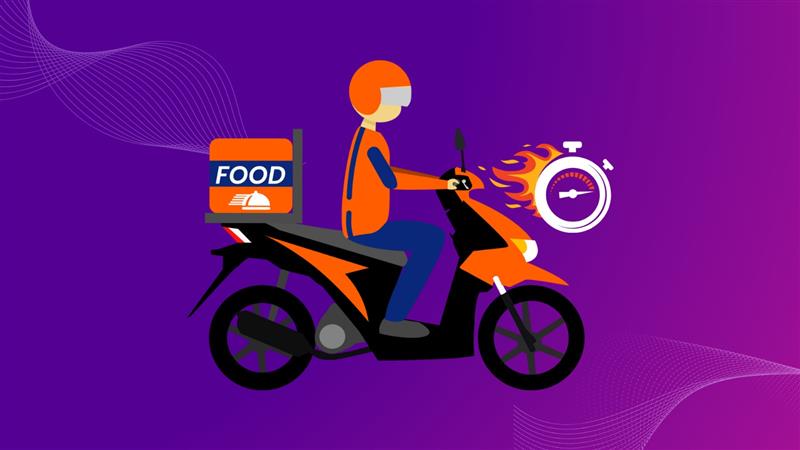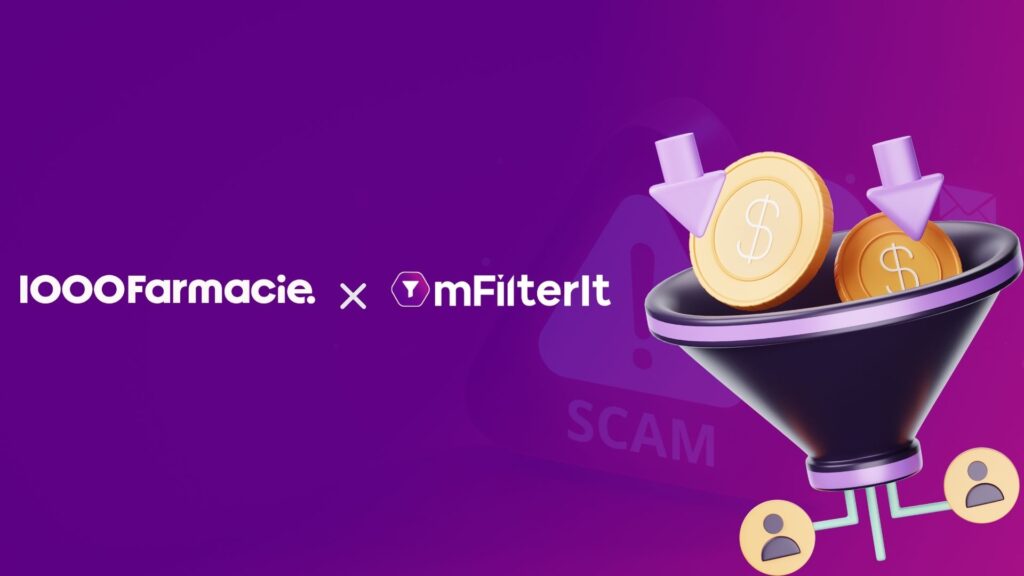Facts that worry brands, marketers, and advertisers.
Brand safety safeguards a brand’s reputation and image by ensuring correct context or placements. Nowadays, it is a serious concern for advertisers. Misleading ads or ads without custom contextual targeting often get trolled on the web.
Table of Contents
ToggleThe Most Concerning Brand Safety Issues
Brands that use digital advertising face brand safety issues like incent/coupon fraud, non-contextual media placements, keyword bidding fraud, etc. The strain of this problem is dominant in the BFSI sector. A banking advertisement on a terrorism video can have serious implications like online trolling, negative press coverage, wrong cause funding, etc. Managing it has become crucial for ed-tech. Unmonitored ad placements on the ed-tech app/web can expose kids to unsuitable content.
In 2018, a press release by Digiday’s AI company GumGum and Custom revealed serious implications of brand safety issues. 47% of companies suffered social media blowback, 25% received negative press, and 13% lost revenue due to brand safety issues. Additionally, 44% of companies and brands faced brand-unsafe imagery, and 32% reported that it resulted from videos. Our experts analyzed one billion frames within 25 million videos on YouTube. The research revealed that 14% (3.5 million) of the context was unsafe, and 7% (1.75 million) content was unsafe. While monitoring videos according to the GARM categories through our brand hygiene protection, we identified 10.5% Illegal Drugs Tobacco E-cigarettes Vaping Alcohol, 9% Terrorism, 6% Online Piracy, and other violations.
On the other hand, correct placement of ads can lead to higher conversions, signing up for newsletters/loyalty programs, increasing social media followers, and building trustworthiness. Moreover, it will help brands to reap higher and recurring profits. Since 2018, marketers have started incorporating strategies like earned/influencer media, user-generated content, working with premium publishers, etc., to curb brand safety issues. However, the massive scale of such problems required a much more effective AI, ML, and manual monitoring solution for recognizing brand/ad placements.
mFilterIt’s brand safety solution encompasses GARM checks and content classification under brand-safe or unsafe categories. These include contextual, content, and sentiment analysis. Blacklisting URLs can help to protect online reputation. On the other hand, whitelisting URLs helps to recognize relevant ad placements. So, the audience targeting of brands increases and enhances the overall ROI. Our brand hygiene protection recognizes brand infringement, brand safety (media), and Keyword Search Abuse. Implementing this solution will further improve ROAS.
Should You trade between Brand Safety and Ad Performance?
The rising concern about brand safety is important for marketers and advertisers. However, the dilemma lies in trading it off for a better performance campaign output. In August 2018, a survey across EMEA and the US revealed that 64% of marketers believed that problems related to it negatively impact the campaign performance, and 71% struggled to target “reachability” with the right context. Almost 2/3rd of marketers believe that it is okay to use unsafe brand environments to achieve campaign targets.
However, the perception that brand safety protocols undermine campaign performance is completely misguided. Marketers need to look beyond the initial vanity metrics to realize that brand safety doesn’t come at the expense of meaningful results. Firstly, marketers should realize that incorporating a solution can enhance reachability by targeting the correct audience, even when a programmatic campaign fails. For example, a sports brand ad next to a cricket match would enhance conversions and clicks.
Likewise, ad placements on pornographic, torrent, free music, or similar domains can tarnish the brand’s reputation, diminish profits, etc. So, optimizing campaigns without incorporating brand safety can have deadly implications. In November 2018, GumGum and Digiday Media surveyed hate speech (34%) as the most brand-unsafe element. Marketers who participated in it also revealed that disaster/tragedy, divisive politics, and fake (accounted for 39%) were elements encountered next to client’s digital advertising. It also showed that Facebook (-23%) was the least safe platform whereas, Linked In (+45%) was the safest platform brand.
Brands that didn’t take measures to ensure brand safety have suffered social media blowback, lost revenue and received negative press. On the other hand, incorporating brand safety offers benefits like effective ad spending, increased ROI, enhanced brand image, etc.
Takeaway
It even protects against misinformation, data protection & privacy and recognizes correct ad placements on digital platforms. mFilterIt’s brand safety solution also provides great online transparency and reduces ad fraud. The solution also supports more than 50 languages, offers a global reach with regional capabilities, encompasses 96+ content avoidance categories, and has flagged 400+ million content globally.
Get in touch to learn more about the Brand Safety.









